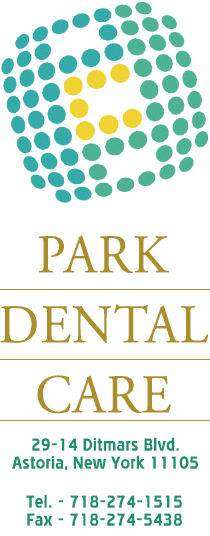Advancements using lasers in dentistry in recent years have resulted in the ability to treat both hard and soft tissues within the mouth with positive results. Laser dentistry allows dental professionals to perform highly targeted procedures using state-of-the-art equipment that result in less discomfort than traditional techniques as well as faster recovery times.
Laser Dentistry Techniques
Dental lasers work by generating and delivering energy in the form of light and heat. When used instead of more traditional techniques, lasers generally result in less pain and faster healing. Bleeding and swelling is minimized when procedures are performed using a laser on soft tissues and in many cases, there is no need for anesthesia during either hard or soft tissue laser procedures due to the minimal pain they cause. However, lasers can’t be used for every type of dental procedure.
One of the most common uses for lasers within the dental field is to whiten teeth. During this procedure, a specialized light-activated peroxide whitening agent is applied to teeth in a dentist’s office following a thorough cleaning of the teeth using traditional methods. The patient wears a guard to protect gums during the procedure and then once the whitening agent is applied to the tooth enamel, a laser light is used to activate the ingredients within the whitening agent. This results in the bleaching of the organic portion of the natural tooth and is an effective way to dramatically enhance the brightness and whiteness of teeth.
Another common procedure using lasers involves the soft tissues within the mouth. Lasers can be used to remove a portion of the frenula, the muscle that attaches the inside of the mouth to the gums near the front of the teeth, in a procedure that is virtually painless and requires a far shorter recovery time than a similar procedure performed without the use of laser technology. Lasers can also be used to reshape gum tissue in a procedure known as crown lengthening and can handle other gum and soft tissue issues within the mouth with ease.
Additionally, lasers can be used to remove lesions in the mouth, remove bacteria during root canal procedures near the gums and can be an effective way to remove a small portion of soft tissue if a biopsy is required to test for the presence of cancer in the mouth.
Soft tissue is not the only surface within the mouth that can benefit from the use of lasers. Laser dentistry can be used to detect decay that can lead to cavities at an earlier stage than is typically seen in more traditional methods, and once detected, can also remove the decay and prepare teeth for fillings with less discomfort than what is experienced when using dental drills. Once the filling material is placed within the cavity of the tooth, the laser can then be used to cure or harden the filling – this is done only with tooth-colored fillings, however, but not with older silver amalgam material.
Another technique that is used on teeth involving lasers is to treat tooth sensitivity. This is done by sealing the tubules using lasers that result in excessive sensitivity to hot and cold temperatures by the teeth.
As you can see, there are many common uses for laser dentistry. If you are having a dental procedure performed, it is best to talk to your dentist to see if your procedure can be completed using laser technology so you can enjoy the benefits of less pain, reduced swelling and quicker recovery times.
For more information about laser dentistry in Queens, contact Park Dental Care at 718-274-1515.







